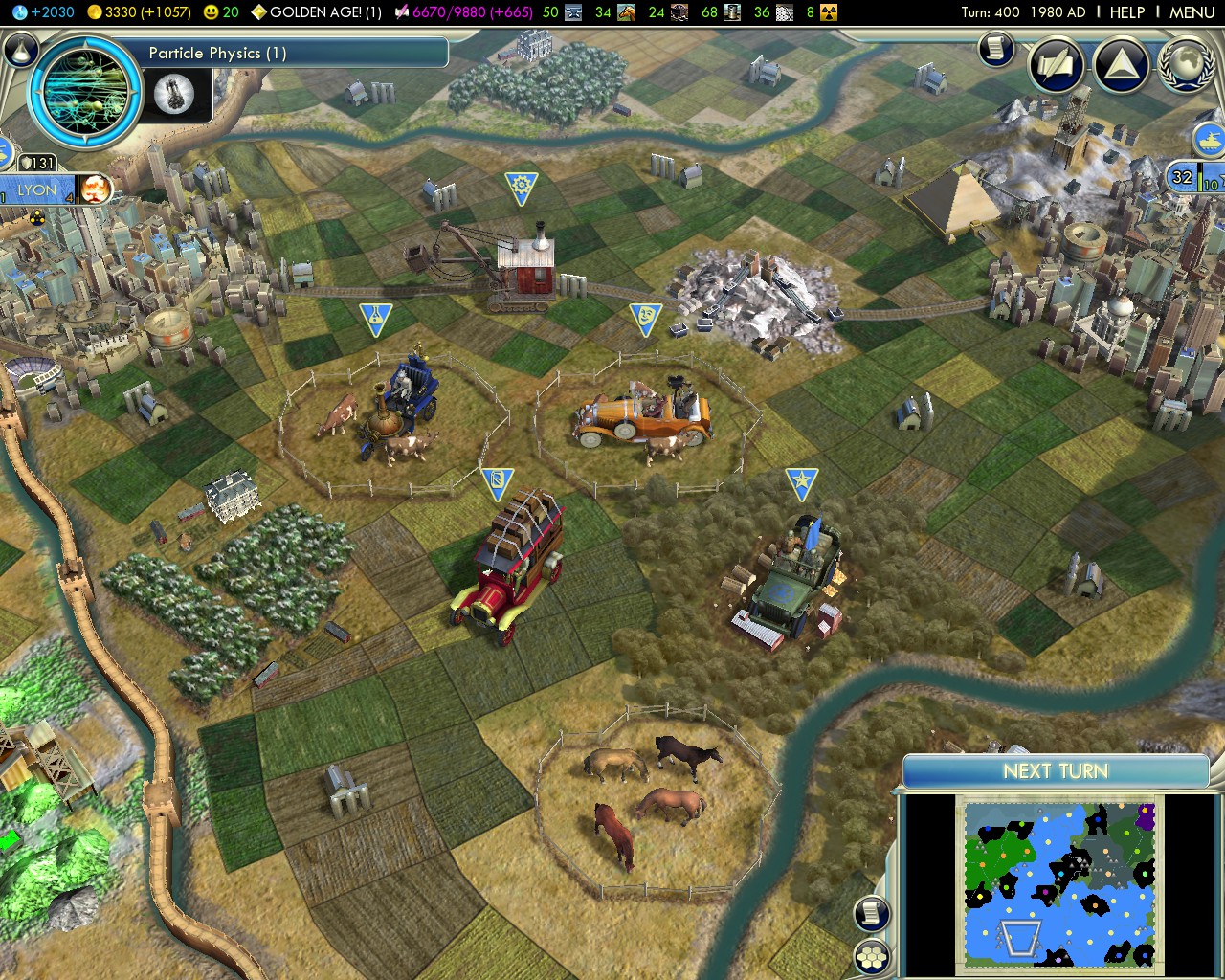
Copper was vital to Egyptian survival because it was the normal metal used for weapons, tools, and utensils from before the beginning of Egypt's civilization until long after other peoples elsewhere had replaced copper, first with bronze, and then with iron. Gold was the foundation of the wealth of ancient Egypt. Besides the standard mud-brick used for common buildings, a variety of building materials, including limestone, sandstone, graywacke, travertine, breccia, chert, jasper, granite, diorite, basalt, and gneiss were available for temples and government buildings, tombs, monuments, pavement, and sculpture.

In addition to the fertile soil, a variety of building stones and gold, copper, and turquoise were available. Other geological factors were the natural barriers reflecting the physical geology and climate of the region, which enabled Egyptian civilization to develop in a natural isolation from outside interference by invaders.īecause of its favorable geologic setting, Egypt had access in the immediate vicinity to the resources needed to develop its civilization.

The geologic factors related to the Nile River floodplain resulted in an annually renewable fertile soil which, when supplied with water by an irrigation system, was suitable for producing a significant food surplus, the basis for a civilization. Geologic factors had a significant influence on where and how the ancient Egyptian civilization (3100-1085 B.C.) developed.


 0 kommentar(er)
0 kommentar(er)
